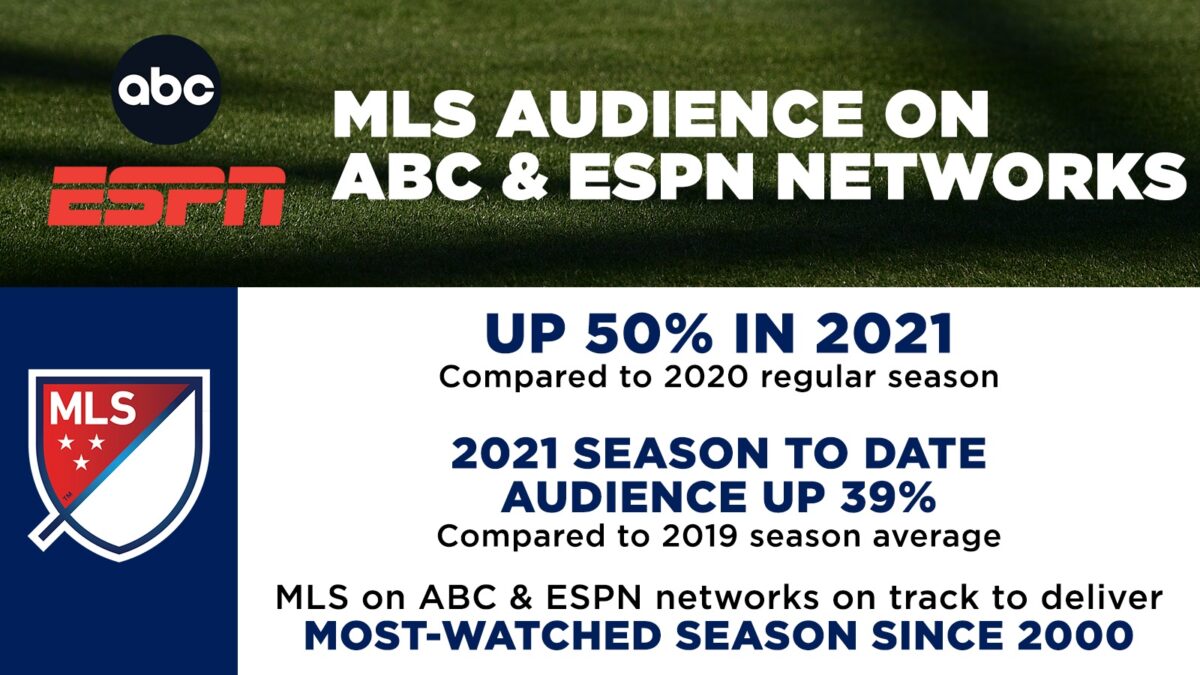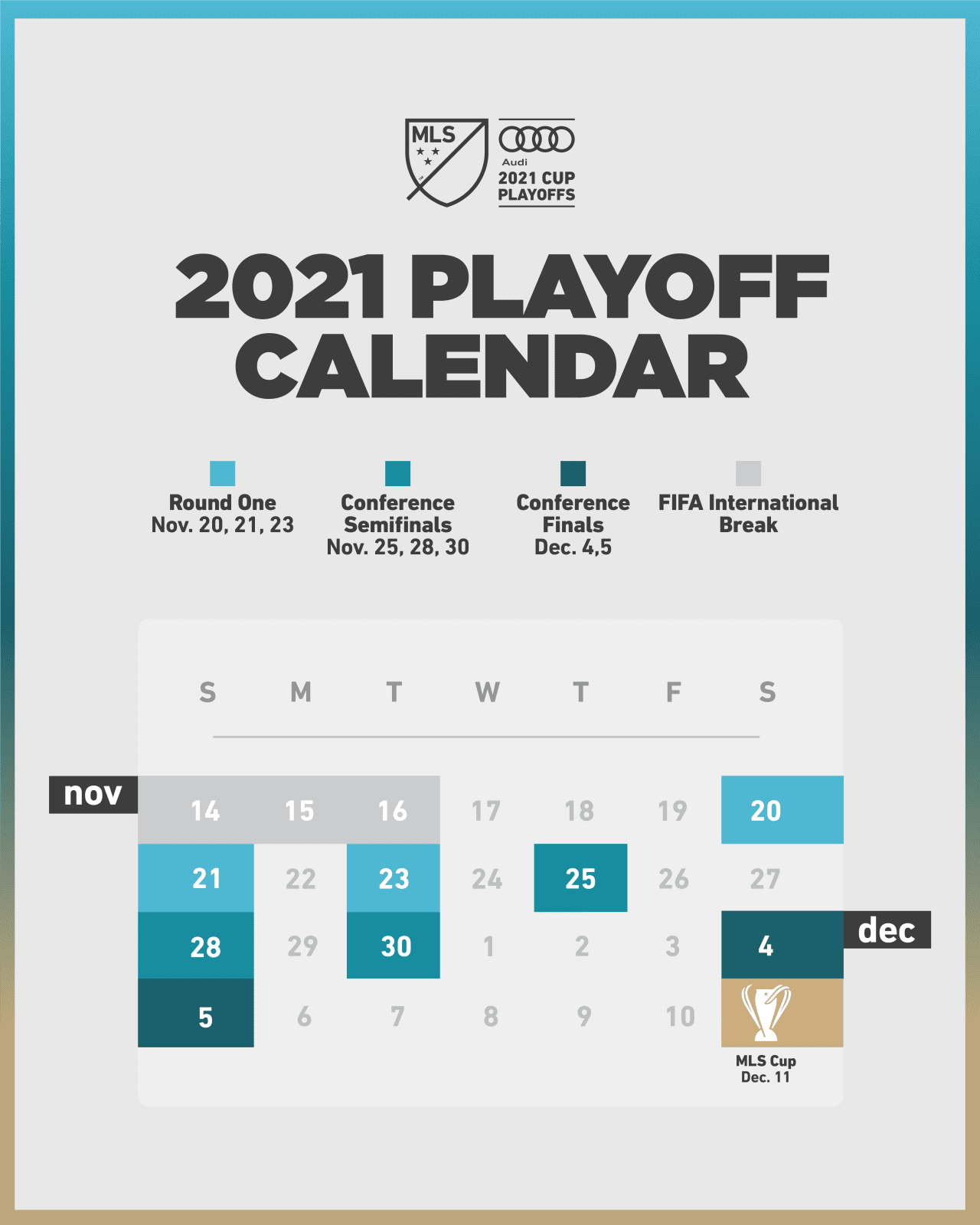While it’s impossible to deny MLS’ recent growth, how much is too much? We take a look at how the league can avoid the blandness that often comes with over-expansion.
Major League Soccer is on course to be a 30-team league by 2023, and while on paper the league is stronger and has a presence in most of the United States, on the field, the current set up will need to be reevaluated to keep the bloated league entertaining.
The evolution of #MLS expansion fees over the last decade is pretty insane. #MLS2CLT pic.twitter.com/xdhhS0o59j
— MLS Buzz (@MLS_Buzz) December 17, 2019
How much is too much? It’s a question we all ask ourselves, whether it applies to money, clothes, food, and at higher levels even soccer leagues. If anything, we have learned that soccer around the world is a sport in danger of losing what it once had — a traditional structure. Money and the search for even more revenue has FIFA thinking about a World Cup every two years. CONMEBOL has already made Copa America a biennial tournament, and in CONCACAF it would seem that there is a Gold Cup every week.
For MLS, the race to 30 teams has left behind what it once preached: being an exciting league. In 2021, 20 of the 27 clubs are either two wins above .500 records or lower. Seven of those 20 teams will have to make the playoffs, but they’ll be closer to limping into the postseason than they will be entering it in full stride. In the Western Conference, three of the seven clubs currently in playoff spots have negative goal differentials. Parity hasn’t been one of the league’s strong suits this season.
Compare that to 2016, when the league had 20 teams. MLS seemed much more exciting, compact, and interesting than the years that followed. While many may roll their eyes at that — the league is spending the most it has ever had on rosters, and television ratings are up — what is getting lost is what happens on the field.
In 2016 the distance between first and last place was 29 points, and playoff races were tight virtually until the end of the season, making every game something to play for. This season, the gap is much wider with Toronto FC on only 18 points compared to the New England Revolution’s 56.
Off-Pitch Growth vs. On-Pitch Product

Off the field it’s hard to argue MLS is not in full swing, with soccer-specific stadiums popping up left and right, supporters’ culture on the rise, and more community involvement from players and teams than ever before. MLS has grown in virtually every metric — number of teams, digital coverage, attendance, and the holy grail, TV ratings.
But isn’t that a given? As MLS expands to more markets, it’s only reasonable that more people will become interested and watch on TV. For example, Austin is a soccer-mad city, but how interested was it in MLS in 2016 when being a fan of FC Dallas, based on distance, was like being a fan of Liverpool in London? It’s a safe assumption that only a fraction of the current crop of Austin FC fans were keenly watching MLS before they received the expansion bid.
However, while adding new teams in cities with strong soccer cultures has been a resounding positive for the league, over expansion could be the MLS Achilles’ heel. The more teams the league has, the harder it will be to keep things interesting over the course of the season. The beginning of the year is always exciting, with new signings and fresh starts fueling fans’ hunger to watch their clubs. But what happens mid-summer when the top two or three clubs are running away with the league, while the rest toil in the doldrums of mediocrity?
The San Jose Earthquakes are the best example that comes to mind. The club achieved great notoriety when it signed Matías Almeyda as head coach in 2018. And while the club seemed to have a shot in the arm, three years later the Earthquakes are two games under .500 and once again below the playoff line. While the Quakes still have a chance to get to the playoffs, how interesting is the club other than to diehard fans? It played its last home game in front of an announced crowd of 9,636.
Even Atlanta United, once the hallmark of MLS clubs, has seen attendance decline (surely the pandemic has played a role in this, but the club’s lackluster performance certainly hasn’t helped). Today the Five Stripes play in front of announced crowds of over 40,000, when in reality it seems that far less fans have been showing up to games —check the replies to this tweet.
On the flip side, a winning season can do wonders at the gate as the New England Revolution seem like the Revs of the early days in MLS. The club played in front of 19,000 fans in its last home match.
MLS has tapped the market of claiming to have great stars. Individual names like Carlos Vela, Diego Valeri, Sebastián Driussi, and Javier Hernández automatically light a spark of attention, but what about their teams?
How national are the Portland Timbers? Does anyone in Columbus really care what’s going on in the playoff race in the Western Conference? The Colorado Rapids are having their best season in a decade, but it hasn’t reflected at the gate as only 11,000 showed up to their last game, and you’d be hard pressed to find an MLS fan in New York say they watched a Colorado Rapids game all season.
Trying a New Playoff System

Despite peoples’ disdain of them, the playoffs are here to stay. Playoffs in pro sports are as American as Bruce Springsteen, it’s just how we do things. Under the current format seven teams in each conference will qualify to the postseason, something that will most likely change when the league hits 30 teams.
Increasing it to eight teams and having an old-fashioned bracket like the NBA will be what will balance out the post season for MLS teams. Giving each series two legs could provide an opportunity for fans of every market to at least catch a postseason game after a long season, and would validate the fans’ effort of supporting a team at home during the year. Keeping the MLS Cup at the venue of the team with the best regular season record is still a good idea. MLS is still not stable enough to see Sounders fans show up in Seattle for a Columbus Crew–Austin FC final.
An NBA-style playoff format could be equally as appealing on TV, rather than the bland one-and-out series that are played so far. Spectators on national television barely have time to learn the new MLS team’s name before they are eliminated from the playoffs in one game. Where is the storytelling? And why should we care that Nashville SC upset the New England Revolution when fans didn’t even see them play on national television all season?
Avoiding Mistakes of Leagues Past
The old NASL over-expanded to the point of bankruptcy, and while that is improbable in MLS’ case, the NASL’s on-field product suffered greatly as a result of over-expansion. Today the United States is a much more established soccer nation, with youth leagues in almost every corner of the country. Still, many of those great stories are not properly told since when it matters come playoff time, the games are over in a flash. Could you imagine the NBA at the height of Michael Jordan showcasing him only one time during the playoffs on national TV before the NBA Finals?
The restructuring of the playoffs will be fundamental for the league as it enters renegotiation for their TV contract on the eve of the 2022 World Cup, which will help MLS but not push it over the finish line. In 2026, the World Cup will provide millions of fans in the United States the chance to see players who don’t play in MLS playing on the best national teams in the world.
In Argentina, the league over-expanded for political reasons, going from 19 teams to nearly 30, and looks to be on course to re-expand to 28. What has happened in that process is fans in soccer-mad Argentina are watching the least amount of local soccer in decades. Fans have claimed the local league to be bland, overblown, and boring. Rodolfo D’Onofrio, River Plate’s president, stated on ESPN in Argentina that the league’s international television contract was almost “nil” stating, “The league is unsellable to an international audience.”
While MLS has worked hard with their media partners to keep the league available to a worldwide audience, the novelty of MLS will help it build an audience going forward. But keeping the audience interested is another matter altogether.








